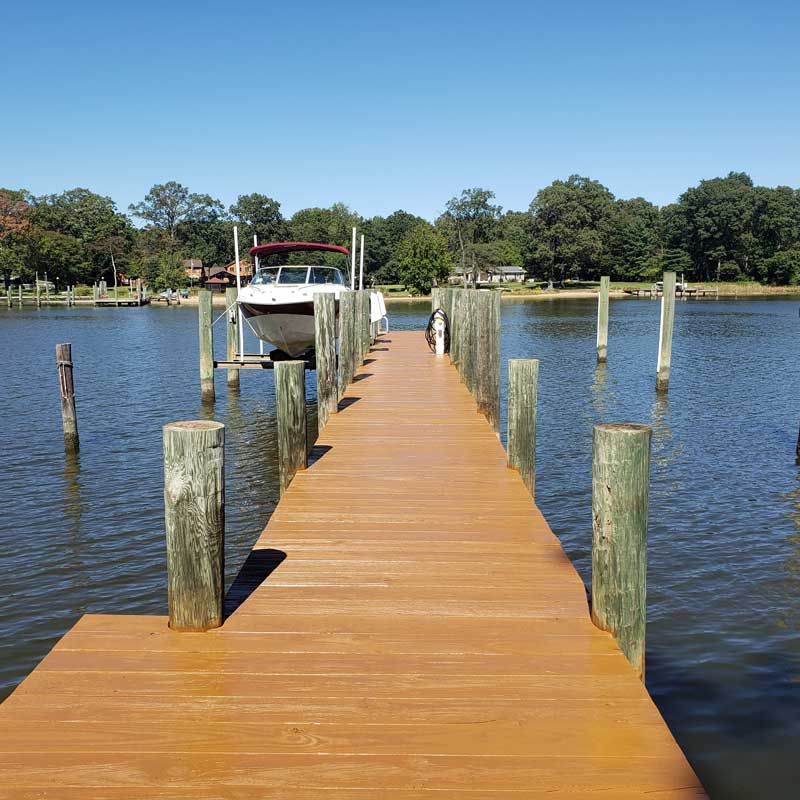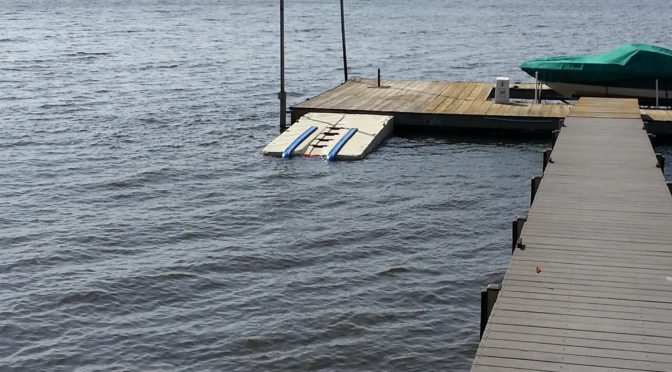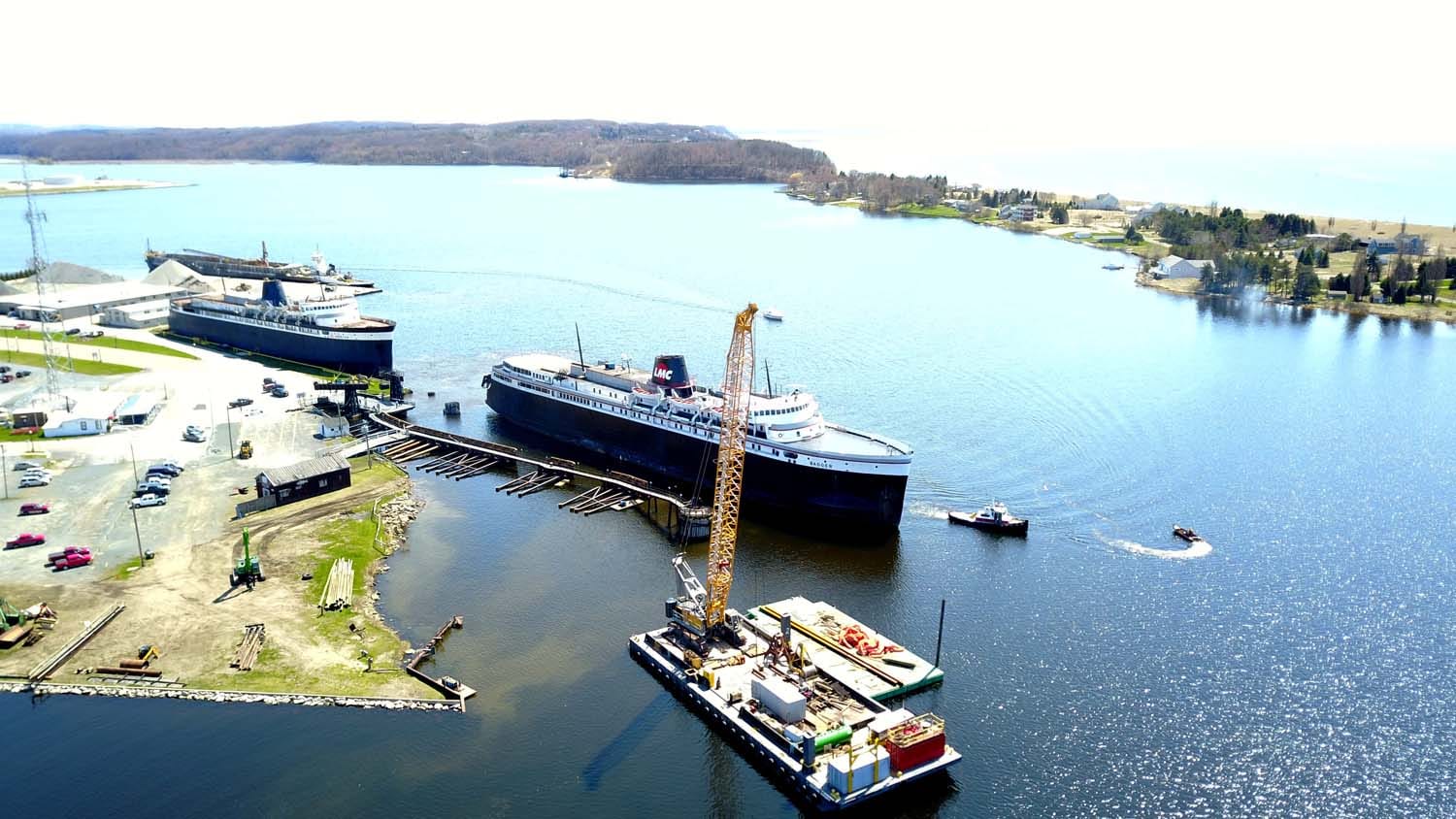Why Regular Maintenance Can Decrease Future Dock Repairs
Why Regular Maintenance Can Decrease Future Dock Repairs
Blog Article
Effective Dock Fixing Techniques: Making Certain Structural Stability
Guaranteeing the architectural stability of docks with effective fixing techniques is paramount for the durability and safety and security of marine facilities. This involves a multi-faceted approach beginning with comprehensive inspections making use of advanced technologies like sonar devices and from another location operated automobiles (ROVs) to spot both visible and concealed damages. Consequently, selecting the best fixing materials, such as composite materials and corrosion-resistant alloys, is critical for sturdiness. Architectural support methods, including the execution of cross-bracing systems and load-distribution plates, play an important function in mitigating stress factors. Nonetheless, the relevance of these techniques ends up being evident when exploring advanced repair approaches and preventative maintenance methods.
Analyzing Dock Damage
Examining dock damages is a vital initial step in guaranteeing the structural stability and security of any docking center. This initial analysis involves a thorough examination to identify both visible and covert problems. Trick elements to examine consist of the dock's structure, pilings, outdoor decking, and hardware. Each element should be looked at for indications of wear, rot, deterioration, or various other types of destruction that can jeopardize the structural honesty.
Structural designers or certified assessors commonly execute these assessments using specialized strategies and devices. As an example, underwater assessments might use finder tools or from another location ran automobiles (ROVs) to identify submerged damage. Above water, visual examinations are enhanced by utilizing wetness meters and other analysis devices to reveal underlying problems not quickly noticeable to the naked eye.

Finding Repair Work Materials
Choosing the proper repair service materials is an essential action in the dock remediation procedure, one that directly influences the long life and performance of the fixed framework. Material selection must be driven by factors such as environmental problems, load-bearing demands, and compatibility with existing dock parts.
In addition to timber, composite materials are significantly prominent due to their toughness and low upkeep requirements. Compounds, commonly made from a mix of plastic and wood fibers, provide excellent resistance to rot, pests, and UV damage. For steel anchors, selecting corrosion-resistant alloys such as galvanized steel or marine-grade light weight aluminum is important to protect against corrosion and make certain architectural integrity in saline water conditions.
Epoxy resins and marine-grade sealers are important for repairing fractures and securing joints, offering a water resistant obstacle and enhancing the dock's total stamina. By thoroughly choosing high-quality products, dock fixings can achieve long-lasting outcomes, thereby securing against future deterioration and making sure risk-free, trusted usage.
Architectural Support Strategies
Efficient architectural support methods are vital in making certain the stability and longevity of dock repair work. One fundamental technique entails making use of steel or composite support bars (rebar) within concrete frameworks. Rebar offers added tensile stamina, preventing cracks and distributing tons much more equally. This approach is especially reliable for anchors exposed to heavy lots or extreme ecological conditions.
An additional necessary strategy is the application of fiber-reinforced polymers (FRP) These products supply high strength-to-weight proportions and excellent resistance to rust, making them excellent for enhancing concrete or wooden anchors. FRP can be used in strips or sheets and adhered with index epoxy materials to enhance structural integrity.
Bracing and securing systems additionally play an important duty in structural reinforcement. Cross-bracing, making use of metal or wood beams, can neutralize side pressures, decreasing swaying and activity. Anchoring systems, such as helical piers or driven heaps, provide a secure structure by transferring tons to much deeper, more secure dirt layers.
Finally, the assimilation of load-distribution plates can aid disperse weight a lot more uniformly throughout the dock's surface area, mitigating localized tension factors. These methods collectively guarantee that docks remain safe and durable, efficient in holding up against the roughness of their functional setting.
Advanced Fixing Approaches

One more sophisticated technique entails underwater welding, which enables for repair work to be conducted without the need to dewater the area. This technique is particularly helpful for resolving architectural issues in immersed dock elements, making sure very little disturbance to procedures. Boosted welding techniques, coupled with robotic systems, provide precision and dependability, therefore expanding the lifespan of the dock.
In addition, cathodic protection systems are applied to avoid deterioration in metallic dock structures. By utilizing sacrificial anodes or impressed present systems, these methods successfully mitigate the electrochemical procedures that lead to material deterioration.
Lastly, progressed surveillance modern technologies, such as architectural health and wellness monitoring (SHM) systems, give real-time data on the problem of dock structures. These systems allow aggressive upkeep and timely interventions, eventually guaranteeing the lasting structural honesty of the dock.
Upkeep and Prevention
Maintenance and prevention are fundamental ideas that underpin the long life and security of dock check my source structures. Regular evaluations are vital, enabling very early detection of damage, prospective weaknesses, and ecological effects. A proactive approach, including routine look for rust, rot, and structural changes, alleviates costly repairs and extends the dock's operational life.
Safety nets should include applying safety layers to steel components to secure against rust and utilizing treated wood to stand up to degeneration. Furthermore, making sure proper water drainage and air flow can stop water accumulation, which is an usual reason of architectural destruction. Integrating quality materials and sticking to supplier standards during building and repair service phases also play vital duties in enhancing longevity.

Educating workers in dock maintenance finest methods read review guarantees constant application of precautionary steps. Leveraging technical advances, such as drones for examinations and sensors for real-time surveillance, can even more boost upkeep initiatives. By prioritizing maintenance and prevention, dock owners can guarantee architectural honesty, operational safety and security, and economical administration over the dock's lifespan.
Verdict
In final thought, keeping the structural integrity of aquatic centers necessitates extensive dock fixing methods. Advanced fixing strategies, coupled with normal maintenance methods, make certain the dock stays risk-free and functional under varied ecological conditions.
Making certain the architectural integrity of anchors with effective repair service techniques is extremely important for the longevity and safety and security of aquatic facilities.Picking the proper repair service materials is an essential action in the dock restoration process, one that straight influences the durability and efficiency of the fixed framework.Reliable architectural support strategies are essential in making certain the stability and durability of dock repair work. By focusing on upkeep and prevention, dock owners can make sure architectural integrity, operational safety and security, and cost-effective management over the dock's life-span.
In final thought, maintaining the architectural stability of marine facilities necessitates comprehensive dock repair strategies.
Report this page